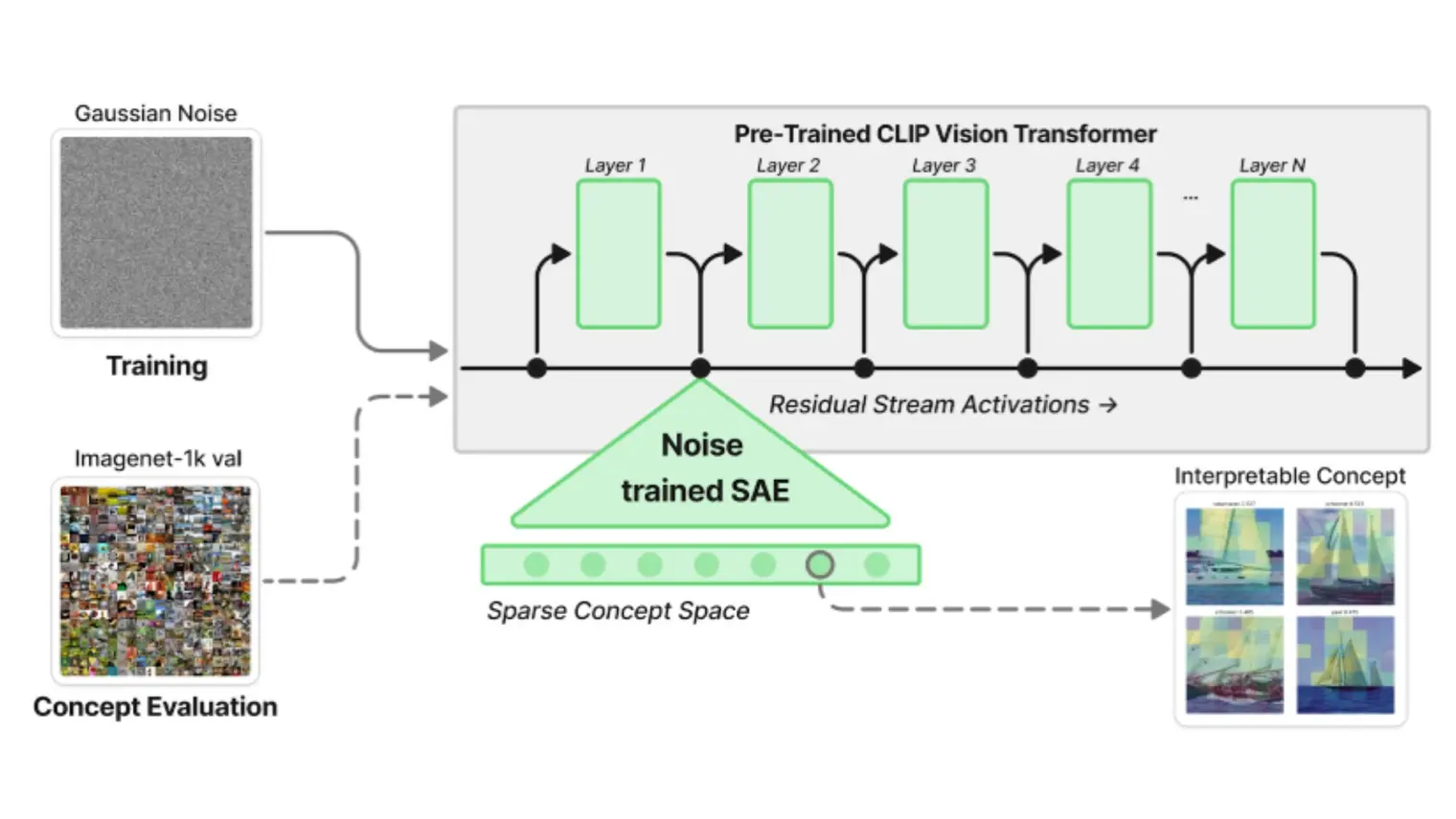
Luca Scimeca
Postdoctorate - Université de Montréal
Supervisor
Research Topics
Bayesian Inference
Causality
Computational Biology
Deep Learning
Generative Models
Probabilistic Models
Representation Learning



